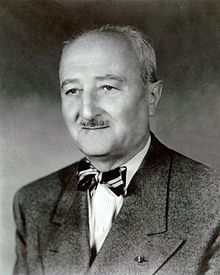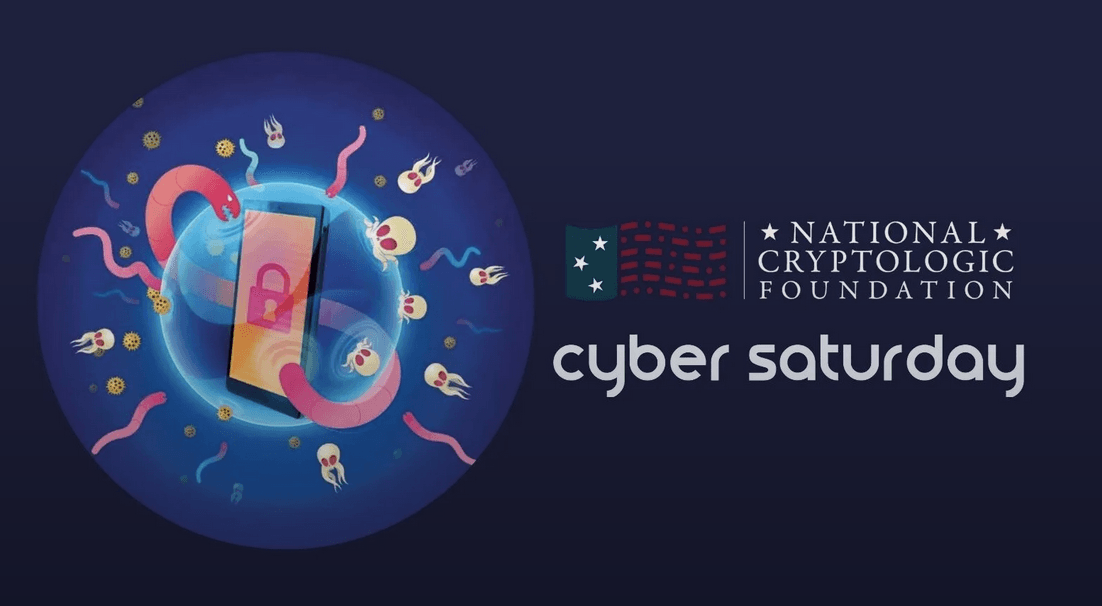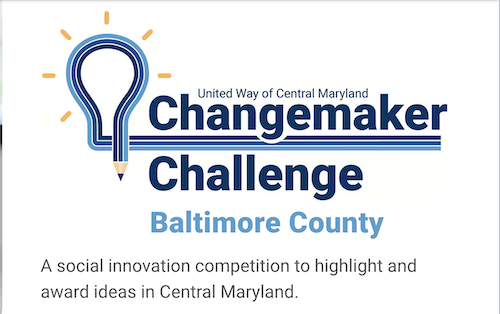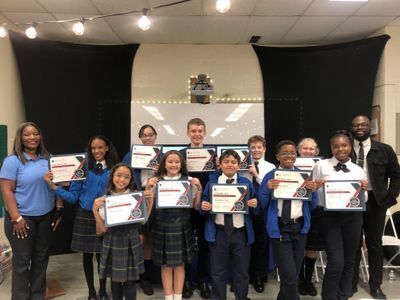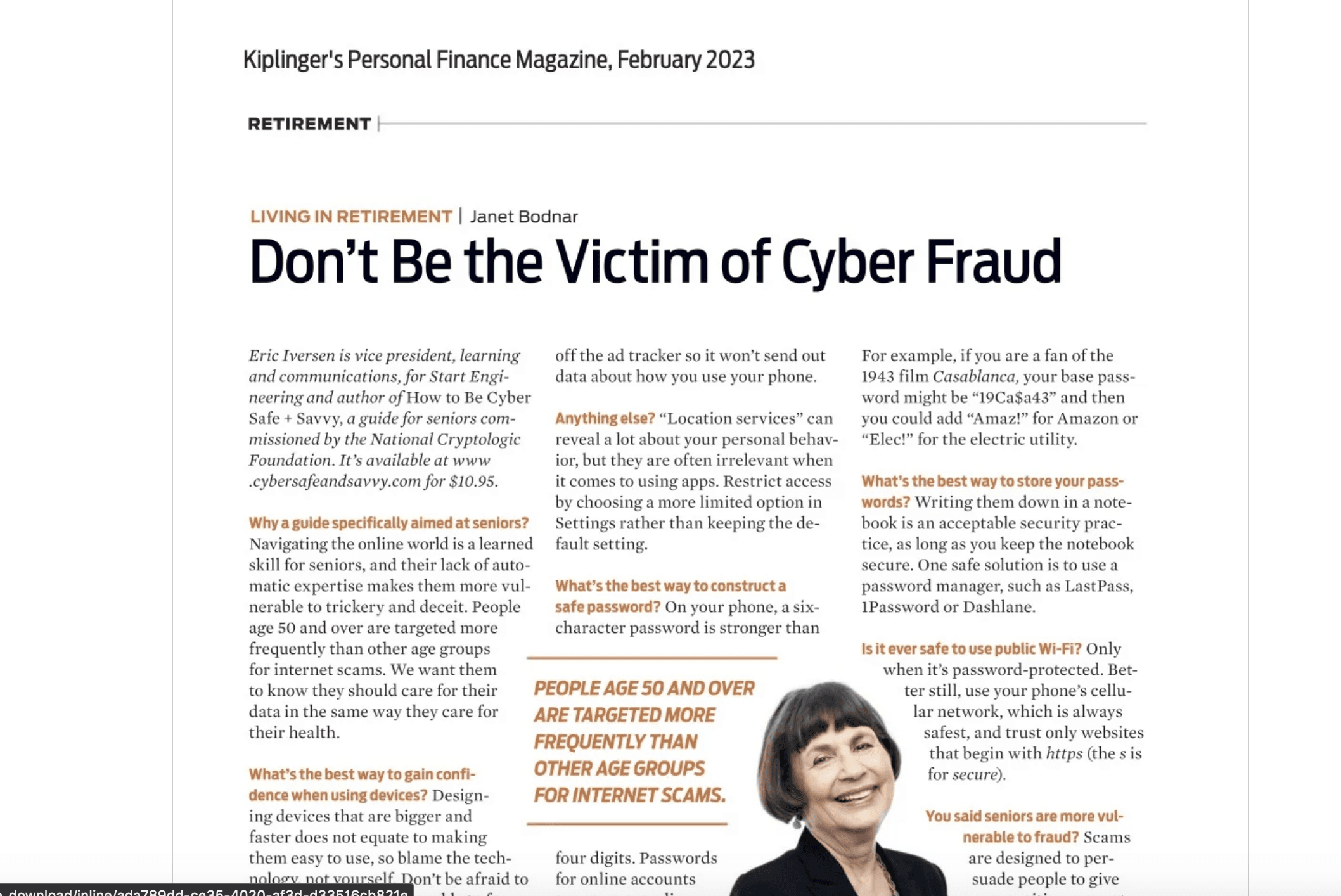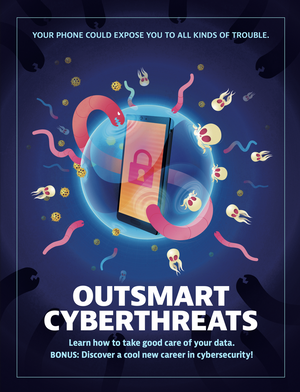-
 EDUCATE
EDUCATE...our citizens to be cyber smart, and develop pathways for the future cyber workforce.
-
 ENGAGE
ENGAGE...and convene partners to address emerging cyber and cryptologic issues.
-
 COMMEMORATE
COMMEMORATE...our cryptologic history & those who served within the cryptologic community.
EXPLORE WHAT'S NEW
This spotlight features news, programs, & more.
Click the link below the item to learn more.
THIS MONTH on the
On This Day In History
Calendar
About Us
The NCF's Vision is to strengthen trust in the digital ecosystem.
The NCF Mission: Advance the nation’s interest in cyber and cryptology as we:
Educate citizens to be cyber smart individuals,
Develop pathways for the future cyber and cryptologic workforce,
Engage and convene partners to address emerging cyber and cryptologic issues and,
Commemorate our cryptologic history and those who served.
The Foundation provides exceptional cryptologic programs, encourages young minds to learn about cryptology and to explore cyber-related career opportunities, hosts educational, cryptology-related exhibits at various community events, and honors the people— past and present—whose contributions to our national security protect and make possible our way of life.
The NCF also provides needed support to the National Cryptologic Museum (NCM), the first public museum in the U.S. Intelligence Community. Located adjacent to the National Security Agency (NSA) in Maryland, the NCM houses a unique and priceless collection of artifacts that represent our Nation's history in code making and code breaking, as well as a world class library of cryptologic media. The NCF has acquired rare and invaluable artifacts for the Museum and helps to support new educational and interactive exhibits.
The NCF is a 501(c)(3) organization.
Learn more about our MISSION, VISION, and VALUES.





